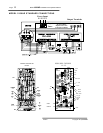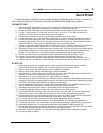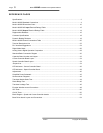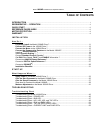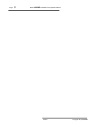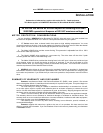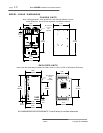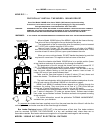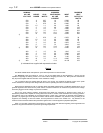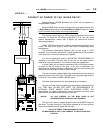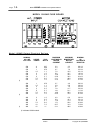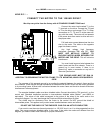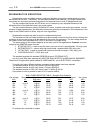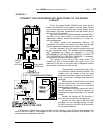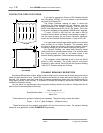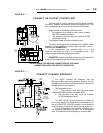
Page
12
Model
1000AR Installation and Operation Manual
6/4/2001 © copyright 1997 by Powertec
NOMINAL
AC LINE
VOLTAGE
HORSE-
POWER
KILO-
WATTS
MAXIMUM
CONTINUOUS
AC LINE
CURRENT
INPUT
KVA
MAXIMUM
HEAT
OUTPUT IN
WATTS
230 ½ 0.37 1.4 0.550 35
230 ¾ 0.56 1.8 0.725 42
230 1 0.75 2.4 0.950 60
230 1.5 1.1 3.6 1.450 85
230 2 1.5 4.9 1.950 122
230 3 2.2 7.3 2.900 165
230 5 3.7 12.1 4.825 232
230 7.5 5.6 18.1 7.200 281
‡
230 10 7.5 23.9 9.525 385
380 1 0.75 1.5 0.975 36
380 1.5 1.1 2.2 1.450 55
380 2 1.5 2.9 1.925 70
380 3 2.2 4.4 2.875 105
380 5 3.7 7.3 4.810 142
380 7.5 5.6 10.9 7.150 178
‡
380 10 7.5 14.1 9.250 222
460 2 1.5 2.4 1.910 113
460 3 2.2 3.5 2.800 144
460 5 3.7 5.9 4.750 200
460 7.5 5.6 8.9 7.100 258
460 10 7.5 11.4 9.050 355
‡
460 15 11 17.8 14.150 475
‡
Indicates drives supplied with separate bus loader.
Notes
The Model 1000AR drives will operate on power line frequencies from 48 to 62 hertz.
The
tolerance
of the input voltage is +10% to -10% of the voltage listed on the nameplate. A service must be
capable of supporting the starting current of AC motors without dropping more than 10%. Brief power line disturbances
may trip a drive supplied with less than 95% of the nominal line voltage.
Do not measure the input voltage while the drive is not running. This neglects the effects of load on the power
source. Measure the actual input line voltage while the control is operating the motor in a loaded condition.
Brief power line disturbances will not normally disturb the Model 1000AR drives. The Model 1000AR drives do not
generate significant noise back onto the power service. Events that distort the AC waveform may lower the bus voltage.
These may trigger an under-voltage or power loss condition.
One of the most frequent problems encountered with digital type equipment is electrical noise. Noise is a
treacherous problem that is capable of causing destructive results. It can also cause intermittent and annoying problems.
The methods used in the installation of the equipment plays a large part in prevention of electrical noise problems in
operation. Any digital type control requires that extra care be taken in installation. Pay attention to the grounding of the
equipment, the shielding of wires and cables, and the placement of wires in the conduit runs. Pay attention to the
sections of this manual that address the precautions against noise. This also applies to peripheral equipment.
When you use other manufacturer’s equipment in a system, follow their directions regarding noise suppression and
protection. Pay particular attention to power and grounding requirements.



